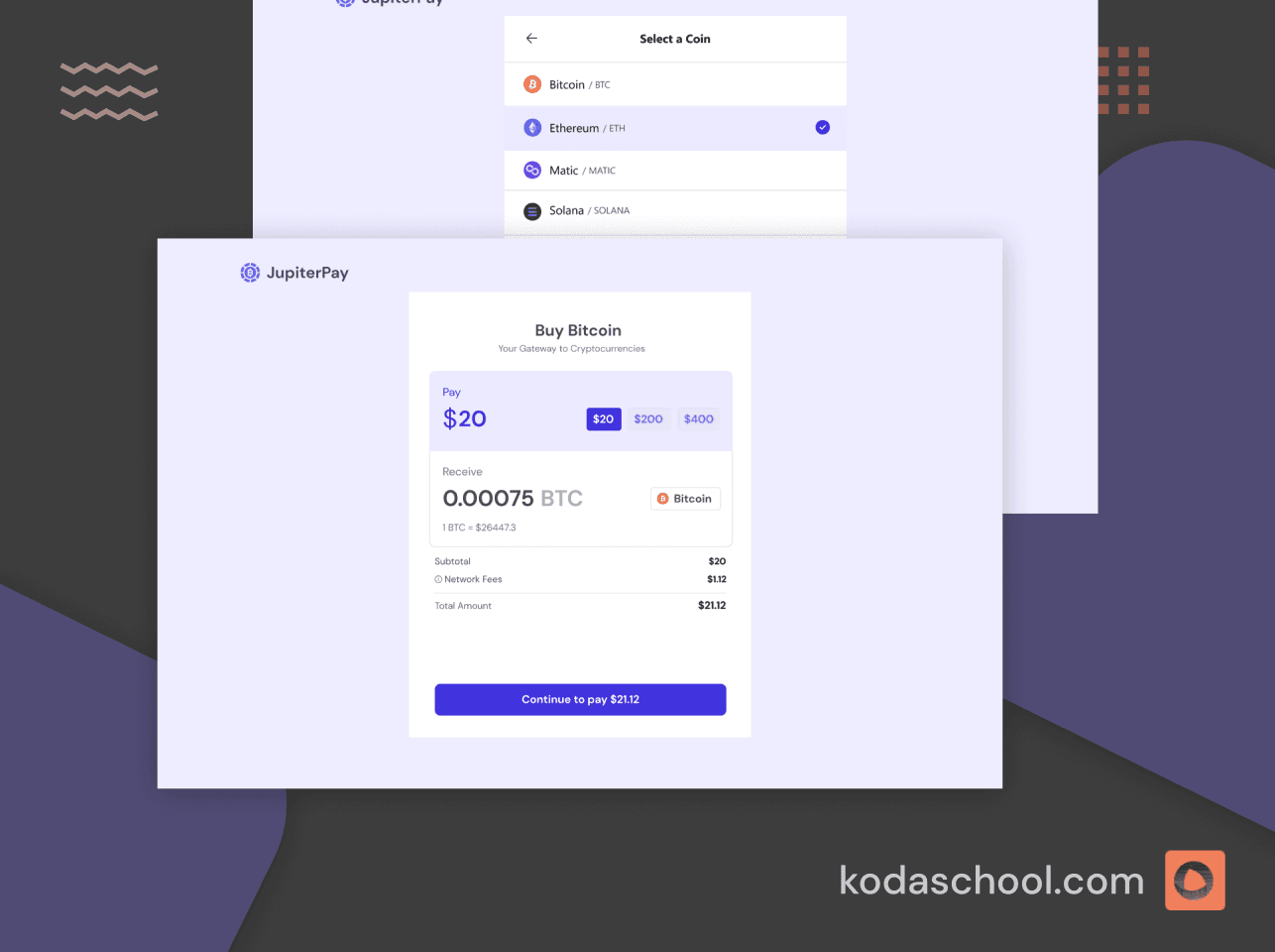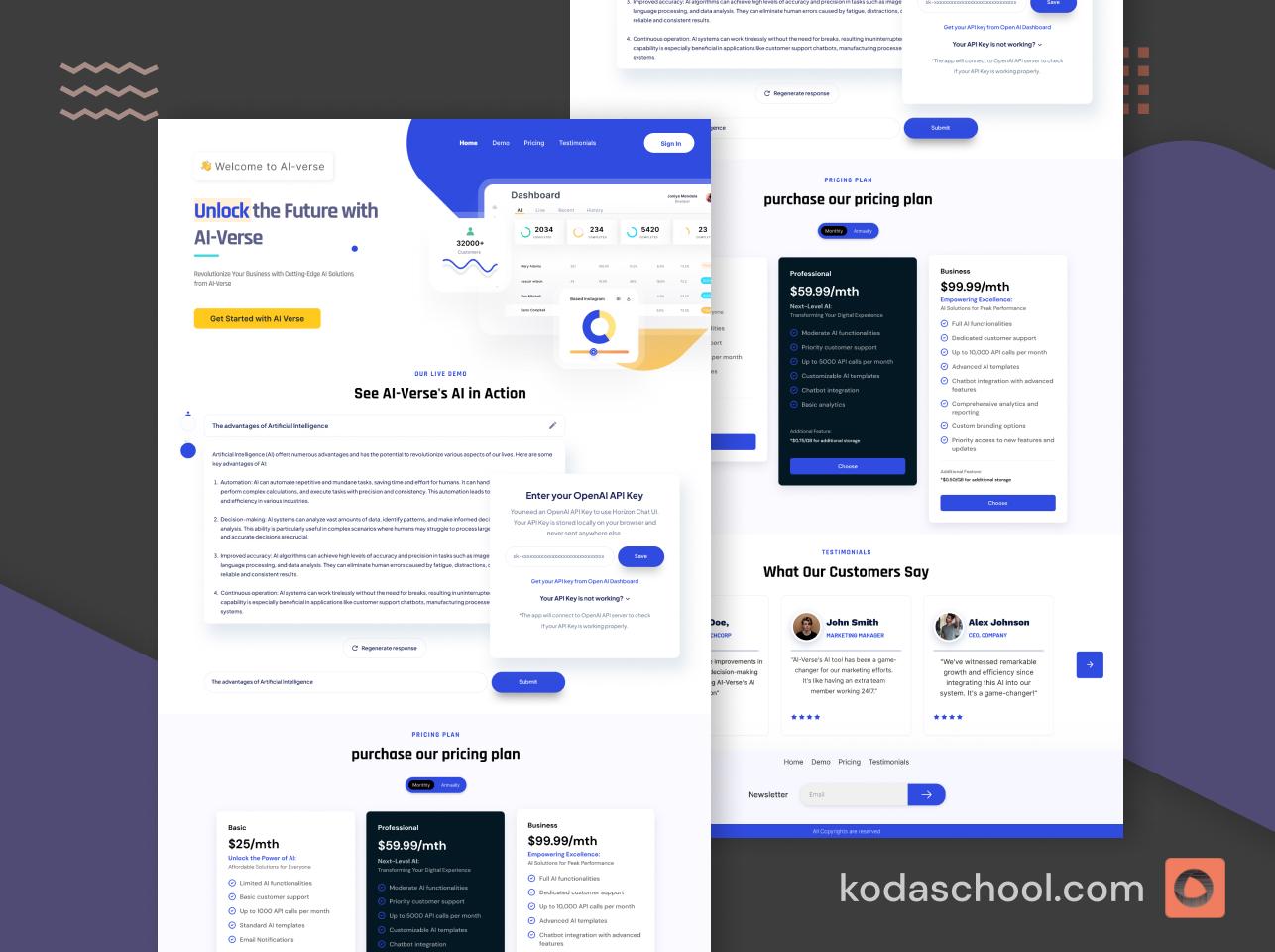AWS Monitoring with CloudWatch for the AWS SAA Certification
This article comprehensively covers the nitty-gritties of Amazon CloudWatch. Understandling 'cloud monitoring' is essential to becoming a Solutions Architect.
In the landscape of cloud computing, effective monitoring is essential for ensuring the performance, availability, and security of your AWS infrastructure. Amazon CloudWatch emerges as a beacon of monitoring excellence, offering a comprehensive suite of tools and services to monitor AWS resources, applications, and services in real-time. In this article, we will embark on a journey to explore the depths of AWS monitoring with CloudWatch, uncovering the intricacies of metrics, logs, alarms, and custom monitoring solutions.
Understanding the AWS Monitoring Ecosystem:
Before delving into CloudWatch, it's crucial to grasp the broader AWS monitoring ecosystem. AWS CloudWatch acts as a central hub for collecting and analyzing metrics, logs, and events generated by various AWS services and resources. These insights enable you to gain visibility into the performance, health, and operational efficiency of your AWS environment, empowering you to make informed decisions and optimize your infrastructure.
Types of Metrics Sent to CloudWatch:
CloudWatch ingests a diverse array of metrics from AWS services, providing a wealth of data to monitor the health and performance of your resources. These metrics include system-level metrics such as CPU utilization, memory usage, disk I/O, and network traffic, as well as service-specific metrics for AWS services like EC2, RDS, S3, and Lambda. By leveraging these metrics, you can gain actionable insights into resource utilization, application performance, and operational trends within your AWS environment.
Try Kodaschool for free
Click below to sign up and get access to free web, android and iOs challenges.
CloudWatch Features:
- CloudWatch Logs:
- CloudWatch Logs enables you to centralize, aggregate, and analyze log data from various AWS services and applications, facilitating troubleshooting, compliance, and security analysis.
- With CloudWatch Logs, you can create log groups and log streams to organize and manage log data effectively. Advanced features such as log filtering, metric filters, and subscription filters further enhance the capabilities of CloudWatch Logs for log analysis and monitoring.
- CloudWatch Alarms:
- CloudWatch Alarms allow you to define thresholds and trigger notifications or automated actions based on predefined conditions. Whether it's CPU utilization exceeding a certain threshold or error rates reaching critical levels, CloudWatch Alarms keep you informed and enable proactive remediation of issues.
- By configuring alarms, you can receive notifications via Amazon SNS, trigger Auto Scaling actions, or execute custom actions using AWS Lambda functions, ensuring timely response to critical events within your AWS environment.
- Custom Metrics with CloudWatch Agent:
- CloudWatch Agent facilitates the collection and publishing of custom metrics from your EC2 instances and on-premises servers to CloudWatch. These custom metrics provide additional insights into application performance, resource utilization, and operational metrics tailored to your specific requirements.
- With CloudWatch Agent, you can monitor system-level metrics, application-level metrics, and custom business metrics, enabling comprehensive monitoring and alerting within your AWS infrastructure.
Conclusion:
AWS monitoring with CloudWatch is a cornerstone of effective cloud management, providing unparalleled visibility and control over your AWS environment. By leveraging CloudWatch's diverse array of features, including metrics, logs, alarms, and custom monitoring solutions, you can proactively monitor, analyze, and optimize your AWS infrastructure for enhanced performance, reliability, and security. So, dive into the world of CloudWatch, harness its powerful capabilities, and elevate your AWS monitoring game to new heights of excellence.
Sample Questions
Question 1:
A company is launching a new application and will display application metrics on an Amazon CloudWatch dashboard. The company's product manager needs to access this dashboard periodically. The product manager does not have an AWS account. A solutions architect must provide access to the product manager by following the principle of least privilege. Which solution will meet these requirements?
A. Share the dashboard from the CloudWatch console. Enter the product manager's email address, and complete the sharing steps. Provide a shareable link for the dashboard to the product manager.
B. Create an IAM user specifically for the product manager. Attach the CloudWatchReadOnlyAccess AWS managed policy to the user. Share the new login credentials with the product manager. Share the browser URL of the correct dashboard with the product manager.
C. Create an IAM user for the company's employees. Attach the ViewOnlyAccess AWS managed policy to the IAM user. Share the new login credentials with the product manager. Ask the product manager to navigate to the CloudWatch console and locate the dashboard by name in the Dashboards section.
D. Deploy a bastion server in a public subnet. When the product manager requires access to the dashboard, start the server and share the RDP credentials. On the bastion server, ensure that the browser is configured to open the dashboard URL with cached AWS credentials that have appropriate permissions to view the dashboard.
Correct Answer: B
- This solution follows the principle of least privilege by creating a dedicated IAM user with read-only access to CloudWatch, ensuring that the product manager has access only to the necessary resources without granting unnecessary permissions.
Question 2:
A multinational e-commerce company is experiencing intermittent performance issues with their web application hosted on Amazon EC2 instances. The Solutions Architect is tasked with identifying the root cause of the problem and implementing a solution to mitigate the issues. Which approach should the Solutions Architect take to troubleshoot and resolve the performance issues?
A. Configure Amazon CloudWatch Agent on EC2 instances to collect detailed system-level metrics and analyze performance bottlenecks using CloudWatch Logs Insights.
B. Implement Amazon CloudFront in front of the EC2 instances to cache static content and reduce the load on the origin servers, monitoring performance metrics with Amazon CloudWatch.
C. Deploy AWS Lambda functions to automatically scale EC2 instances based on predefined performance thresholds, leveraging CloudWatch Alarms for monitoring and auto-scaling policies for dynamic capacity management.
D. Utilize Amazon CloudWatch Synthetics to create automated canary tests to simulate user interactions with the web application and identify performance degradation across different geographical regions.
Correct answer: A
- By collecting system-level metrics using CloudWatch Agent and analyzing logs with CloudWatch Logs Insights, the Solutions Architect can gain deeper insights into the root cause of the performance issues and implement targeted solutions.
Question 3:
A media streaming company wants to optimize costs by automatically stopping and starting Amazon EC2 instances based on demand while ensuring uninterrupted service for their customers. Which AWS service can the Solutions Architect integrate with Amazon CloudWatch to achieve this cost optimization goal?
A. Amazon S3
B. AWS Lambda
C. Amazon SQS
D. AWS Auto Scaling
Correct Answer: D
- By integrating AWS Auto Scaling with Amazon CloudWatch, the Solutions Architect can dynamically adjust the number of EC2 instances based on predefined scaling policies and CloudWatch metrics, optimizing costs while maintaining service availability.
Question 4:
A financial services company requires real-time monitoring of API Gateway endpoints to detect and respond to anomalies in API traffic patterns, such as sudden spikes or unusual behavior. Which CloudWatch feature should the Solutions Architect leverage to achieve this requirement?
A. CloudWatch Alarms
B. CloudWatch Metrics
C. CloudWatch Logs
D. CloudWatch Events
Correct Answer: D
- CloudWatch Events enables the detection of changes in AWS resources and system events, allowing the Solutions Architect to trigger automated actions in response to API Gateway anomalies, such as invoking AWS Lambda functions or sending notifications via Amazon SNS.











